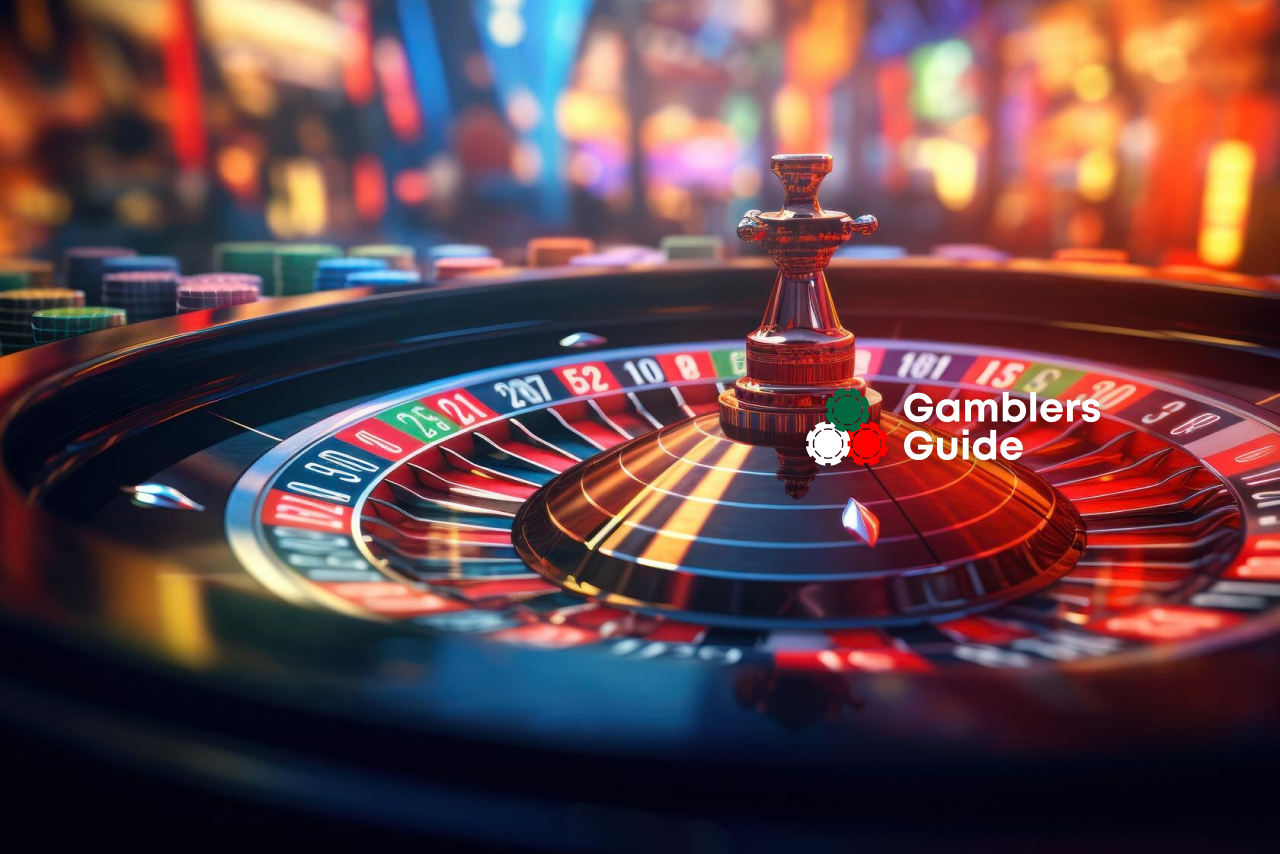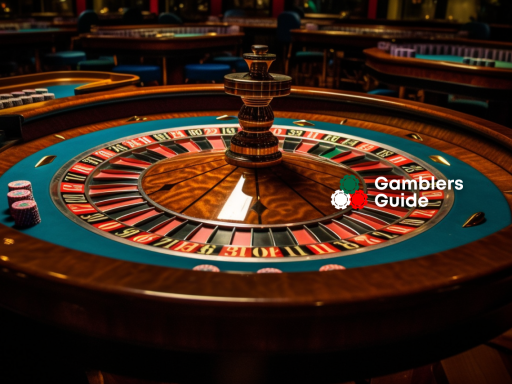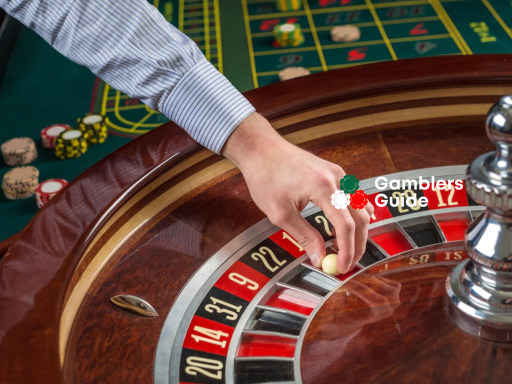Roulette is among the most-played casino games worldwide. Those new to gambling or players with a lot of experience can choose this game. Roulette is incredibly popular due to the high chances of winning, simple rules, and many betting options. The aim of the game is to guess which sector the ball will fall into as a result of spinning the wheel. Chips are used for betting and are exchanged for real money after the game. So, what are the rules of Roulette, and how many numbers are there on the Roulette wheel? Read on to learn more.
Roulette Rules
The main tool of the game is a wheel with 37 sectors along the edges (38 in the American version). These sectors contain numbers from 0 to 36. Zero is colored green, while the remaining sectors are black or red. Players can place bets, and one bet can cover a number or a group of numbers. To place a bet, a player places a number of money chips on a fixed area of the playing field. The dealer spins the wheel in one direction and shoots a small ball along the inclined surface in the opposite direction. Over time, the speed of the ball decreases, and it falls onto the wheel, where it eventually ends up in one of the holes. After the ball stops, all players receive their winnings, and the casino takes the losing bets. Players’ bets are accepted only on certain fixed sets of numbers:
- Straight Bet. This is simply a bet on a number, including zero. In this case, n (number) = 1, and the winnings are 35 to 1.
- Split Bet. You can bet on two adjacent numbers on the table. In this case, n = 2, and the winnings are 17 to 1.
- Street Bet. You can bet on three numbers in one column. In this case n = 3, and the winnings are 11 to 1.
- Trio. This is a bet on threes (0, 1, 2) and (0, 2, 3). Here, n = 3, and the winnings are 11 to 1.
- Corner Bet. It’s the bet on four adjacent numbers on the table. In this case, n = 4, and the payout is 8 to 1.
- Line Bet. This is a bet on two adjacent columns, each with three numbers. Here, n = 6, and the winnings are 5 to 1.
- Column Bet. Players bet on 12 numbers located in one row of the table. The winnings are equal to double the bet.
- Dozen. This bet is placed on three possible numerical ranges: 1 to 12, 13 to 24, or 25 to 36. The winnings here are equal to the double bet.
- Snake. This bet is placed on 1, 5, 9, 12, 14, 16, 19, 23, 27, 30, 32, and 34. This bet is not allowed in all casinos, and the winnings are 2 to 1.
- Even-odd bets. Here, you have to guess the parity of the dropped number or red-black. This bet brings winnings equal to the bet.
American Roulette vs European Roulette
American Roulette and European Roulette odds are different because they use two different wheels. There are 37 slots in the European Roulette, numbered 0 through 36. The hole 0 is green, and the numerals 1 through 36 alternate between red and black. There are 38 cells on the American Roulette wheels. They contain two green pockets, 0 and 00, along with numbers ranging from 1 to 36 that alternate between red and black. On these two wheels, the odds of winning are different. On a European Roulette wheel, your chances of winning are 1 in 37. Accordingly, you will receive a 35 to 1 payment. Players are more likely to win while using the European wheel. The additional cell 00 in the American Roulette wheel reduces the likelihood of winning. There is a 1 in 38 chance of winning. Even if there is little difference, the probability of winning is a bit less than with the European Roulette wheel.
Advantages of European Roulette
The European Roulette wheel has 37 total slots since it has no double zero slots. In European Roulette, the gambler has a higher chance to win because there is one fewer slot. However, there is another method called En Prison that lowers the house edge in European Roulette. If a player has made a 1:1 bet before the spin, say they have chosen red or black or odd/even, they get a stay of execution if the ball ends up landing on the green space that marks the zero pocket. All other players will lose their bets, but you can save your bet until the next spin of the wheel, thus gaining a second chance. This particular component of the game is one of the primary strategies that players of European Roulette might employ to win.
Conclusion
Roulette is an exciting traditional gambling game with good chances of winning real money. The rules of Roulette are quite simple. The wheel is divided into 37 cells, 36 of which contain numbers from 1 to 36, and the last one contains a zero (in the USA, there are 38 cells, of which two are zero). You can bet on specific numbers or groups of numbers: black-red and even-odd. The profit from hitting numbers is much higher than guessing the color or parity, while the chances of winning are slightly higher for a player in European Roulette.
Because the game is easy to play and you rely heavily on chance, it is fantastically popular among gambling enthusiasts around the world. Skilled gamers understand that strategy is essential to their success. Roulette players often refer to hot and cold numbers. Hot numbers appear more frequently and are more likely to be paid out, while cold numbers are generally rare in appearance and are less likely to be paid out.






